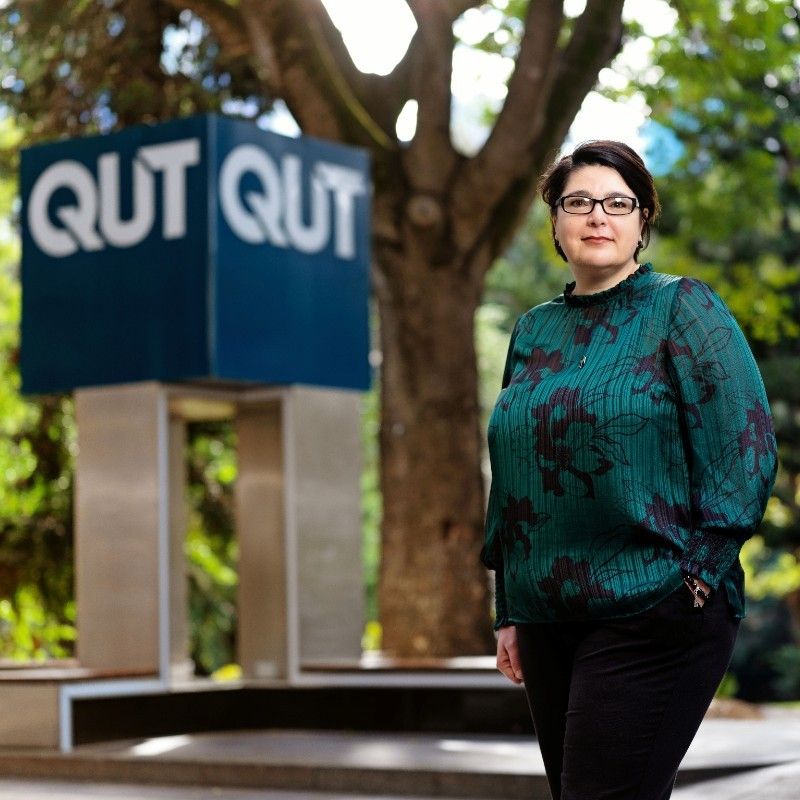Supervisors

- Position
- Associate Professor
- Division / Faculty
- Faculty of Business & Law
Overview
It is not possible to empirically measure, with certainty, a corporation’s level of tax avoidance due to a lack of publicly available information. As such, academic studies that seek to identify determinants, moderators and consequences of corporate tax avoidance, in order to evaluate the equity of the tax system (Callihan, 1994), measure corporate tax avoidance by proxy suggesting a wide variety of calculations.
But these calculations have limitations. For example, most proxies measure non conforming (transactions that are accounted for differently on a book and tax basis - accelerated depreciation), but not conforming (effect both book and taxable income - transfer pricing) tax avoidance strategies. In addition, most proxies are calculated based on financial statement data which use differing rules to estimate value (Hanlon, 2003; McGill and Outslay, 2004) and consolidate entities (Hanlon and Heitzman, 2010).
These inconsistencies, along with adjustments for prior periods, carried forward losses and deferred tax assets and liabilities, make it practically impossible for external stakeholders to reconcile book to tax differences. This fundamental issue has been identified by prior literature that quantitatively (Krever, Sadiq and McCredie, 2022), and qualitatively reviews measures of corporate tax avoidance (Hanlon and Heitzman, 2010) prompting calls to extend identification methods of corporate tax avoidance while cautioning researchers to acknowledge the limits of results achieved using proxies.
Empirical studies in response to this call and caution use several justifications to substantiate their choice of proxy (including their extensive use in the literature), but these justifications often do not validate the suitability of these measures. Other studies address the fundamental issues and attempt to create new measures. This research will adopt this latter approach to identify corporate tax avoidance with certainty, determine characteristics of perpetrators, and moderators of this behaviour.
Research activities
This research project will employ various techniques to identify tax avoidance.
Research activities include:
- qualitative techniques such as content analysis and triangulation
- quantitative techniques such as rank and regression analysis.
VRES: 120 hours e.g. 20 hours a week for 6 weeks
Outcomes
In this project you will be using secondary data to identify and complete a case study/studies on corporate tax avoidance. Once completed, this case study/studies could motivate a HDR topic.
Scholarships
You may be eligible to apply for a research scholarship.
Explore our research scholarships
Keywords
Contact
Contact the supervisor for more information.